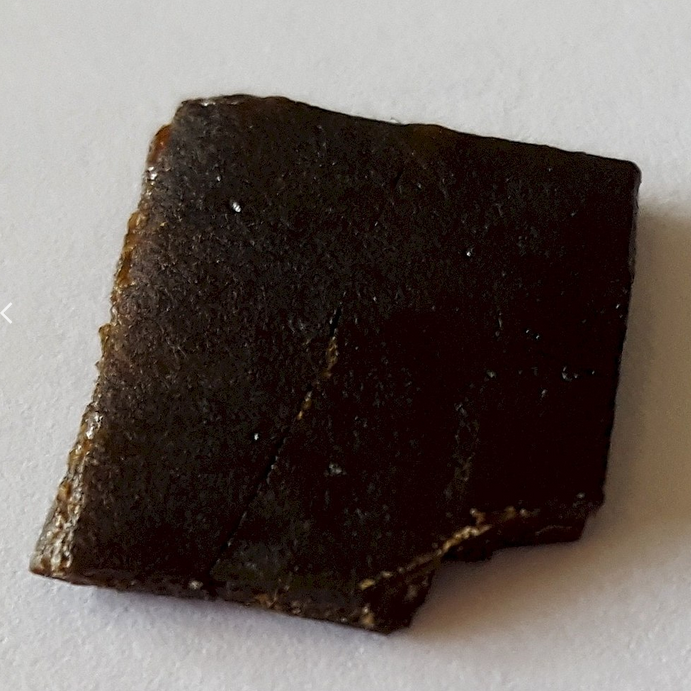|
Name: Oripavine
Type: Opioid
AKA: N/A

|
|
II. Natural Derivative
Synthetic substance, no natural derivative

|

|
|
IV. History
Oripavine, an opioid alkaloid, was developed in the 20th century. It is used in research for its effects on opioid receptors and is part of the broader exploration of opioid derivatives.

|
|
V. Legal Information
Oripavine is a synthetic opioid derivative with significant abuse potential. It is regulated similarly to other opioids under national drug laws, including in the United States, where it is controlled to prevent misuse and manage public health risks. [Source: UNODC].
US Federal Schedule - II
Schedule II drugs, substances, or chemicals are defined as drugs with a high potential for abuse, with use potentially leading to severe psychological or physical dependence. These drugs are also considered dangerous. Some examples of Schedule II drugs are: combination products with less than 15 milligrams of hydrocodone per dosage unit (Vicodin), cocaine, methamphetamine, methadone, hydromorphone (Dilaudid), meperidine (Demerol), oxycodone (OxyContin), fentanyl, Dexedrine, Adderall, and Ritalin.
Key US Federal Policies:
Controlled Substances Act. Public Law: Public Law 91-513 (text can be found on GovInfo) (https://www.dea.gov/drug-information/csa). Date enacted: October 27, 1970.
|
|
VI. Physical Effects
Oripavine is a synthetic opioid used for its analgesic effects. It causes sedation, respiratory depression, and constricted pupils. Short-term use is effective for pain management, but long-term use can lead to addiction, tolerance, and severe health issues. Overdose risks include fatal respiratory depression. Safe use involves strict dosing and medical supervision. Recent research focuses on its efficacy and safety profile compared to other opioids.  |
|
VII. Psychological Effects
Oripavine is a potent opioid with analgesic effects. Short-term use can lead to mood enhancement and sedation, while long-term use may result in addiction, cognitive decline, and mood disorders. Research focuses on its impact on opioid receptors and psychological dependence risks.
 |
|
VIII. Culture
Oripavine, a derivative of the opium poppy, was identified in the mid-20th century. It has been explored for its analgesic properties but is less well-known compared to other opioids. Its cultural significance includes its role in opioid research and development. Proponents value its potential medical applications, while opponents focus on the broader issues of opioid addiction. Its use is primarily in research and medical contexts, reflecting ongoing concerns about opioid treatment.
 |
